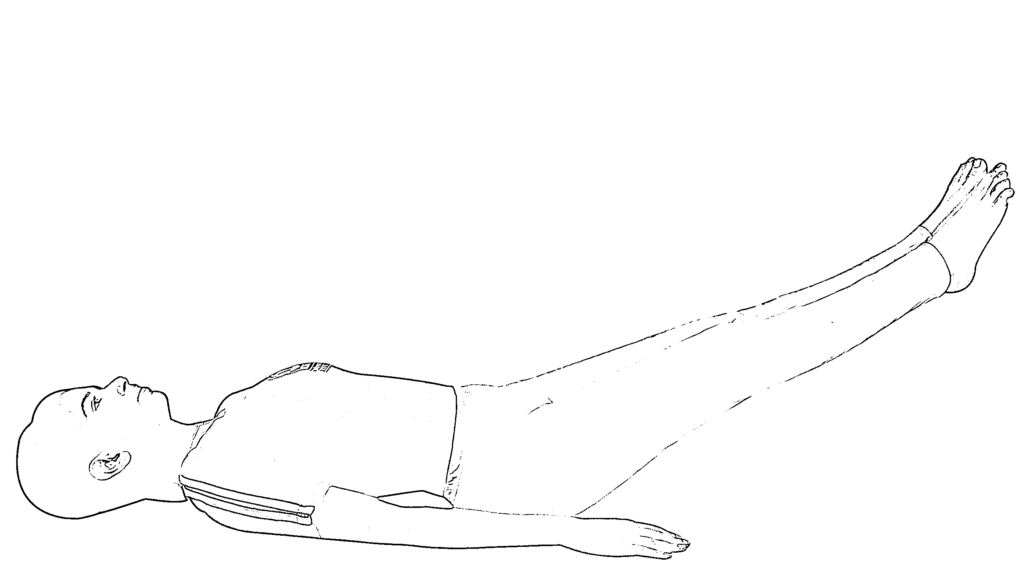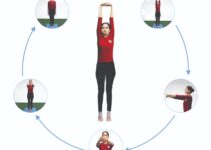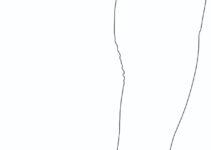
What is raised leg yoga?
Raised legs yoga pose or Uttanpadasana is one of the essential passive positions of yoga and is highly beneficial to lower belly fat and a flat stomach. Increased feet yoga is quite popular, and people are eager to lose weight or burn belly fat. It is also one of the essential yoga poses in power yoga exercises. The youth are very fond of this yoga because its practice leads to a flat stomach. Initially, maintaining this yoga pose is a bit tough, but with practice, it becomes easier to hold yoga to extract the maximum benefits. Uttanpadasana consists of two words: uttana means raised upward, and pada means leg. In this yoga pose, the legs are raised upward. That’s why it is called a raised-leg yoga pose.
Would you be able to do raised-leg yoga?
Here, the simple technique of uttanapadasana is given. You can perform it technically well by seeing the shown images.
- First, lie comfortably on the ground in the supine position.
- Legs should be straight, stretched, and without gaps.
- Hands should be placed by the sides of your thighs.
- Inhale and raise both legs at a 30° angle without bending them at the knees.
- Maintain the position as long as you can
- While maintaining, inhale and exhale slowly.
- Exhale and bring your legs down slowly.
- This is one round.
- Performs it in 3 to 5 rounds.
How to do ardha uttanapadasana?
- Lie down in the supine position comfortably on the ground.
- Legs should be straight, stretched, and without gaps.
- Placed your hands by the sides of your thighs.
- Inhale, raise your one leg at a 30° angle without bending it at the knee.
- Do inhale-exhale slowly and maintain the position as long as possible.
- Exhale and bring the leg down slowly.
- Do the same with another leg.
- This is one round.
- Performs it in 3 to 5 rounds.
Raised leg yoga benefits
To get more health benefits, performing a raised leg yoga pose instead of Ardha uttanpadasana is better. There are many benefits of the raised leg yoga pose or Uttanapadasana. But some of the benefits are given below.
- Weight Loss: This is one of the essential yoga poses for weight loss and significantly lower belly fat. It helps to burn the fat off the lower belly region and lower abdominal sides.
- Yoga for abs: If you want to make your six-pack abs, there is no need to hit the GYM; do it naturally with the help of this asana. Doing this yoga pose for one month and maintaining it for a suitable time helps shed the extra fat from the entire abdominal region, leading to a better and brighter look for your body.
- Back pain: Initially, it may give you some pain in the lower spine, but practising this asana regularly will help to strengthen your back. It is also good for hips and thighs.
- Hernia: It is effective for those with the problem of Hernia. It is one of the best yoga poses for hernia treatment.
- Balances the navel. Now and then, people are facing the problem of naval displacement. This yoga helps balance the naval (Nabhimanipurcakra) and enables you to overcome the condition.
- Weak legs: It helps to make your legs stronger.
- Abdominal muscles: Those with weak abdominal muscles should practice this yoga exercise. It helps to strengthen your inner abdominal finer muscles, ensuring smooth digestion.
- Nervousness: It is a crucial yoga pose to overcome nervousness.
- Digestion: It helps to release an adequate amount of gastric juices and enzymes, thus ensuring better digestion and preventing indigestion, acidity, constipation, and flatulence.
- Gas release: It is quite a powerful yoga exercise to release abdominal and intestinal gases. A person who is facing a gas problem should practice this yoga regularly.
Precaution
There are some contradictions to the practising of Uttanpadasana. One shouldn’t practice or consult your yoga therapist as having the following health conditions.
- Abdominal injury: Avoid this asana if having abdominal surgery or acute abdominal pain.
- Back pain: In the case of excess back pain, one shouldn’t practice it.
- Don’t practice it during pregnancy.
- It should be skipped during the menstruation cycle.
- High blood pressure patients should avoid it.
- It should be avoided during ulcers and slipped discs.





